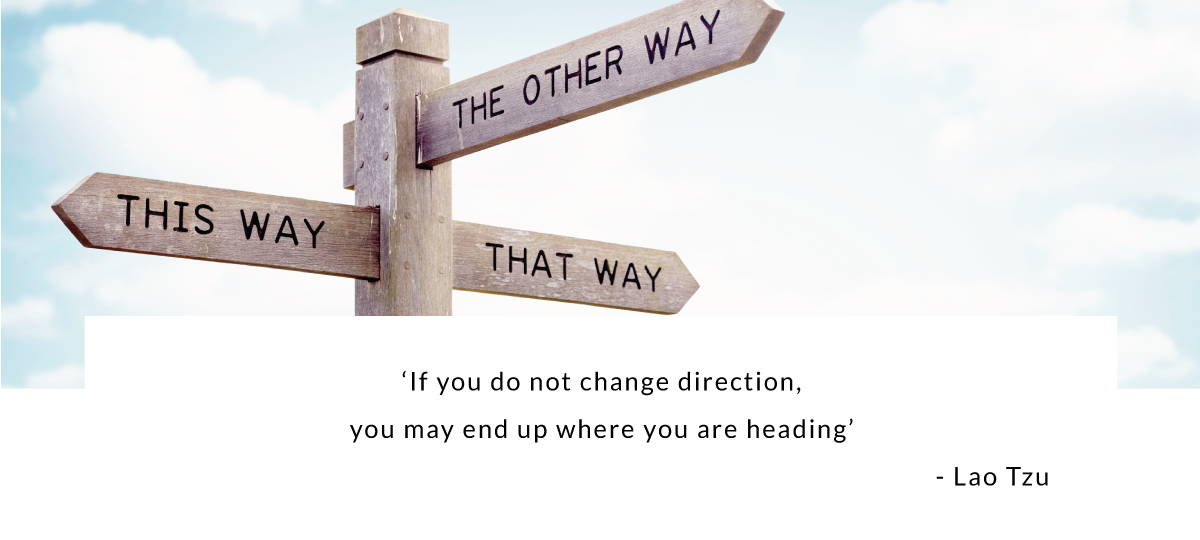12 steps of transformation from EGO- to ECO-team
The way humans are organized is constantly evolving. Looking at reality from the perspective of a hierarchy is no longer the optimal and most effective model of relating to reality. More and more companies (eg Wikipedia, Spotify, BlaBlaCar) rely on the assumption that each participant in the network or service is equally important and can play the role of both user and creator. The same applies to modern turquoise management companies, where the hierarchy and divisions into “top” and “bottom” cease to exist. However, not everyone is ready to function in the company without a boss and abandon the hierarchical pyramid. We cannot enter the Turquoise World on the basis of “I pay, I take, I don’t care about the rest”, but rather with the approach “I’m responsible, I make decisions, I co-create the organization”. Traditional companies have traditional organizational structures and usually show less spectacular results. Modern companies are modern management methods and usually above-average results.
In order to enter a traditional or modern company, you cannot do without competent resume writing, the resumeget service will help you with this.

4 types of teams
“The best team is the one whose existence people don’t even notice.
The second one where people love and respect each other.
The third is where people are scared.
The last team that people despise and in which they oppose themselves or the leader.”
There are four types of teams and organizations – from EGO-team to ECO-team
ecoTeam1 – in this team most things (projects, tasks) happen automatically. Members of this community do not feel the need to manage others and make their own decisions. You can see here the phenomenon of a leader chosen in a natural way – he has the abilities needed to perform a specific task and supports less experienced team members. Everyone in ecoZespole1 respects, supports and has a sense of responsibility. This is a characteristic type of band found in turquoise organization , i.e. ECO-team.
ecoZespół2 – at this level there is pride in being a member of this team and the possibility of contributing to it. People love and respect each other here. It is characteristic of the green management style, although it also occurs sporadically in orange and amber.
egoTeam3 – members of this community feel anxious. They are afraid of each other, customers and change. This is a characteristic phenomenon of amber and orange management styles .
egoTeam4 – the worst possible type of team. People in him despise each other and oppose themselves and the leader. You can sometimes meet this community in the amber and orange management style, but it is most characteristic of red .
What team do you create in your organization? If ecoZespół1 you are very lucky and you certainly have many wonderful people around you and you feel satisfied with your work. If not, we will describe today the 12-step path to the ECO-team based on the book by Marek Wzorka “From hierarchy to turquoise, or how to manage in the 21st century”.
1. Give up ignorance and set a goal
Often times it seems to bosses, business owners, managers and leaders that their team or organization is already working perfectly and there is nothing else they can do. They think that they already know everything, are not open to new ideas and do not notice the changes that are still taking place in the world. One of the current topics is Gender Violence Against Women, a good article can be found at https://monstratext.com/gender-based-violence-of-women. Meanwhile, new services, products and solutions are constantly being developed, and new generations are entering the market. Many leaders also have heads full of old knowledge and old information. Nobody will be able to pass on new knowledge to them until they make room for it in their minds. One method of finding new perspectives for your organization is coaching – but before you let go of ignorance to move towards the ECO-team, you first need to plan your goal well.
2. Understand the need for organization and start acting as if you’re out of air
To bring about a change in an organization, CEOs or owners should be highly motivated and feel a deep need for that change. An answer to the question “why?” Should be found in order not to waste your energy and your team’s energy. It is important to be aware of why you want to transform your organization into an ECO-team.

3. Take responsibility for the current state and remove the status and hierarchy symbols
Unfortunately, often business owners cannot be good leaders who will shape new leaders. Most of them cannot admit their mistakes. Therefore, change must start with yourself – the key here is the responsibility for creating new and better habits and admitting mistakes. This approach of the manager will open a new stage in the boss-employee relationship. It’s also a good idea to start eliminating hierarchy symbols and start doing what the rest of your employees do, with the same desk as the rest of your team.
4. Set a good example and inspire others – create a team of change ambassadors
You will not make changes in the organization alone – you must have people who will stand behind you. Inspire them to change and start setting a good example with your behavior and words. Then you will have people who will follow you. Start teaching employees to think about the company’s common interests and make decisions. At this stage, you will already have a well-prepared ground for transformation. You will not be alone with it – together with the team you will face an extraordinary stage of looking after and taking care of changes.
5. Create an attractive vision and action plan
Share your vision for the future and make it a shared vision of the entire company. It is best to organize such processes with the help of an experienced coach to ensure commitment, co-creation, openness and avoid the negative effects of group work. The second important element is the creation of an action plan to be able to verify the progress towards the creation of the ECO-team.
6. Plan and change the organizational structure to learning, developing and flexible
Change the structure of the hierarchical pyramid to a solar system, or another model already proven in the world that allows your colleagues to show initiative. This is important if you want to increase engagement, decrease turnover and develop self-management. You will not realize the change if you are still at the top of the hierarchy and make most of the decisions.
7. Unblock communication – start listening
You won’t change much if you don’t start listening to others. The focus of the whole shift is deep listening practices, team exercises and workshops to better understand each other. At this stage, think about increasing the amount of information you share with the rest of your team – from sales to colleagues’ salaries. This will increase confidence in the company – no one will be afraid of unfair distribution of profits. Also consider introducing modern IT tools to improve team communication and measure the effects of change (we recommend the Holaspirit.com platform used by ecoCoach.
8. Learn emotions and talk about them
Think about the emotions in your organization. The key to an effective and understanding team is emotional intelligence, empathy, and non-violent communication with each other. At this stage of the transformation to the ECO-team, you are already a committed team, and the change is spreading throughout the organization to be able to flourish even more.
9. Agree on common values and a code of good self-management practice
Full self-management, transparency and autonomy in decision-making is not necessary without a code of good practice, common standards or a corporate constitution. The lack of a clear understanding between the team can cause chaos and frustration. It can also end up with everyone just doing what they want.

10. Build an environment where everyone can naturally grow – an environment of entrepreneurship, airing, transparency and responsibility
People who work in ECO-teams, in turquoise organizations or in liberated companies often operate in a “flow” state, also called “flow”, or “winging”. For this to work in a group, first make sure that it occurs in individual team members. This is possible when the environment has four characteristics:
- people can get into the flow state if they do the tasks that best suit their qualifications
- flow occurs when the target is clearly defined
- winging can occur when immediate feedback is given
- flow appears when you have the opportunity to focus on the task
11. Choose internal coaches or facilitators and start self-management practices
Creating an ECO-team means creating a team “that people do not even notice”, and the activities, processes, and values delivered to the clients happen automatically. For this to happen, take care with your team about regular practices and workshops in communication, educating yourself and overcoming personal and team limitations. Make sure you find internal coaches or facilitators. What are the differences between them?
coach – is a person working in a close relationship with the client, whose task is to make him better and able to achieve his goals. The coach’s tools are questions, a deep understanding of the way of thinking and perceiving the client’s world, compassion and props stimulating his creativity. We wrote more about the work of the coach in this article.
facilitator – is a person whose task is to actively participate in facilitating the process of communication between people or groups in order to achieve a common solution.
12. Maintain self-management and ECO-team organizational culture and self-discipline
There is a great risk that with the departure of the boss or hero of the change, the company will return to traditional management. That is why it is so important to take care of self-discipline in the team and maintain good ECO-team practices. When you create a well-coordinated team that will be fascinated by self-management and working in a turquoise atmosphere, you will be able to maintain the ECO-team culture. Take care of the continuous improvement of your team.
